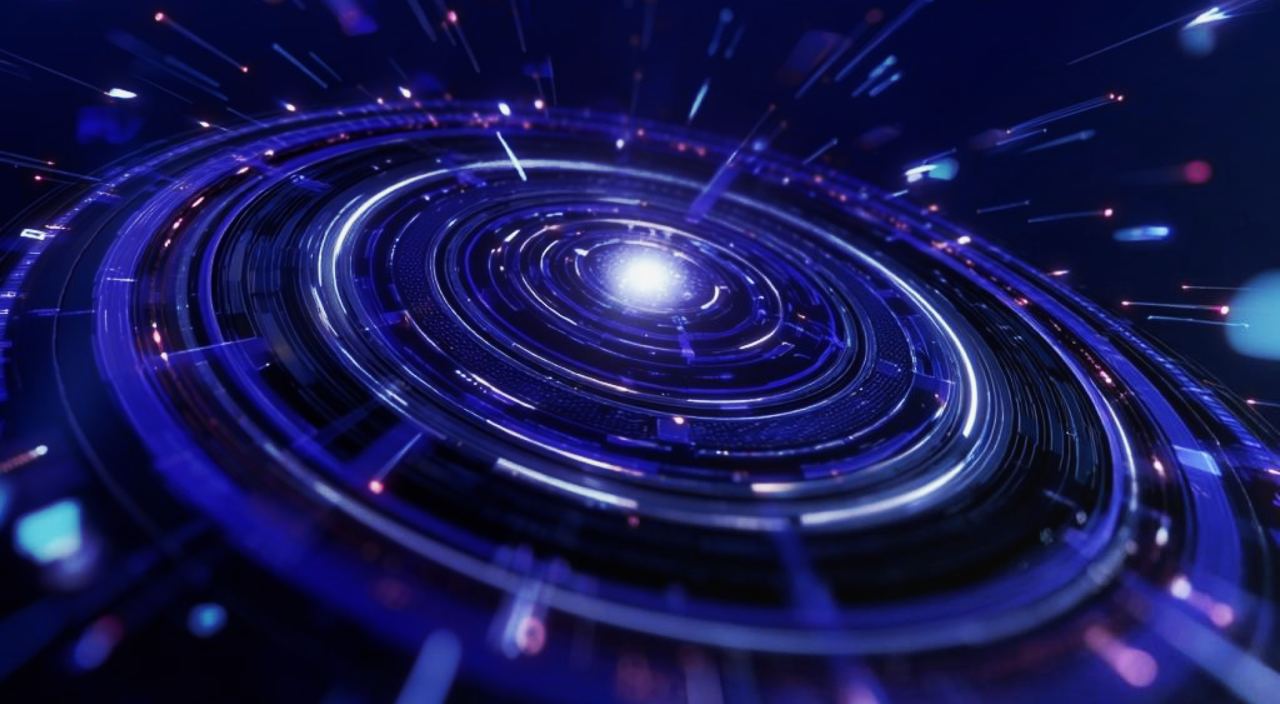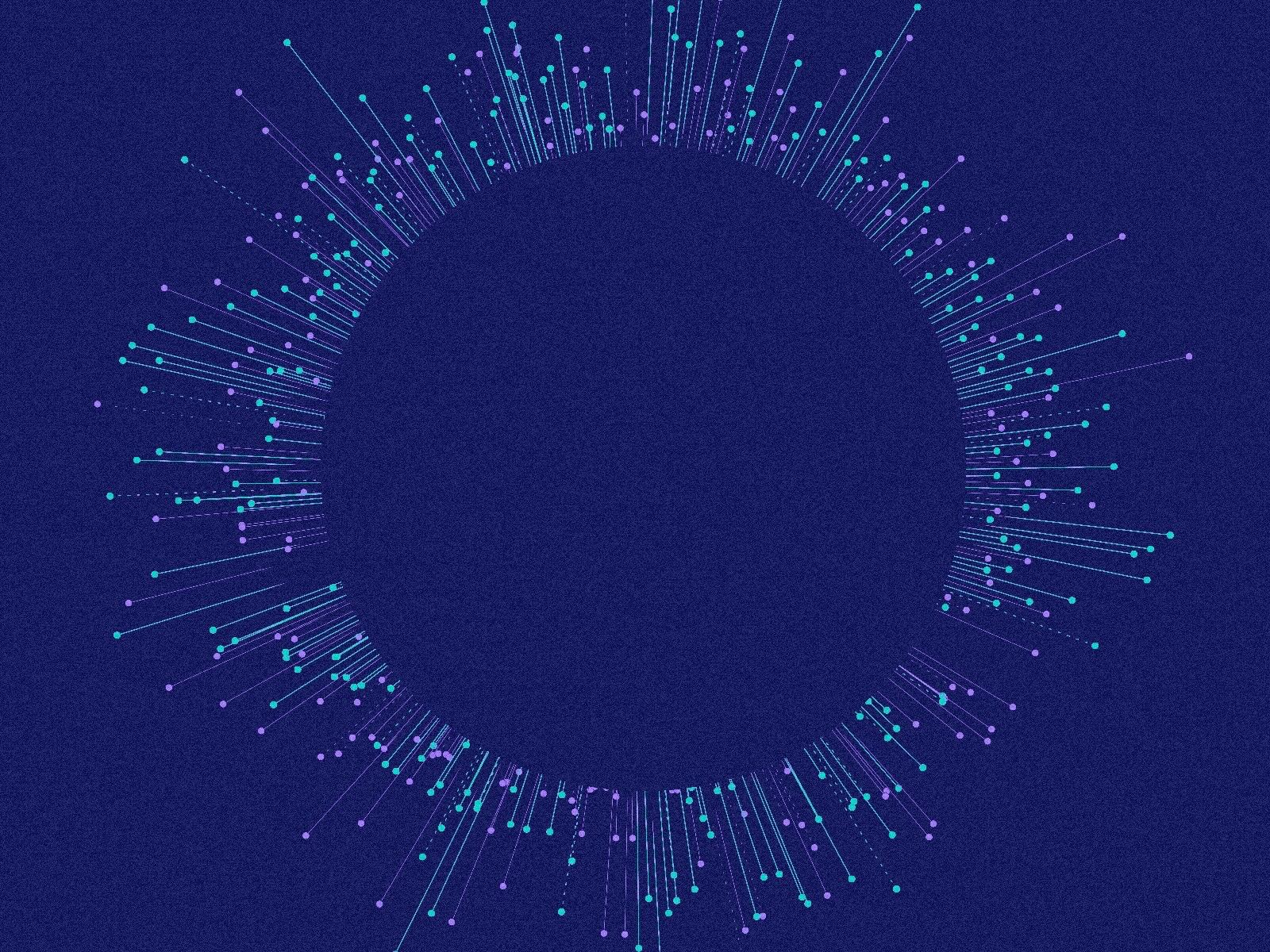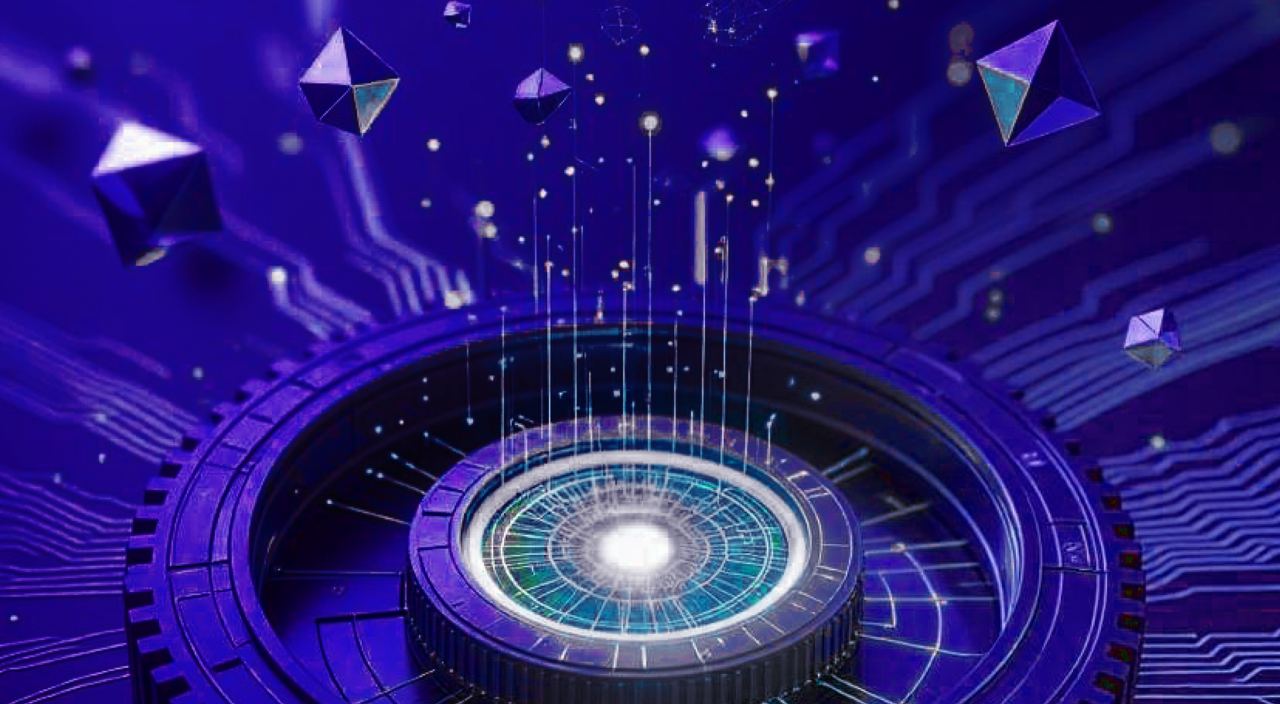IP-NFTs and Decentralized, Autonomous Science
Today, most science is conducted at centralized institutions with a high barrier to entry and a reliance on imprecise human labor. Research is built on data (and sometimes code) that routinely isn't shared, affecting our ability to replicate science. Further, incentives - grants, funding, publications, impact factor - have a profound effect on the science and its quality, often to its detriment.
In the future, research will continue to be human-directed, but contributions towards it will become more autonomous, enabled by open systems, advances in AI, scientific tools, and a shift from the world of atoms into the world of bits. Autonomous in this context means a few things: 1) scientists (perhaps anyone with skill and a laptop) will have the freedom to contribute broadly to many different collaborative experiments via the internet and 2) the science itself will become more iterative, recursive and automated (see “closed loop science”).
In this context, we are building a new intellectual property (IP) system and structure that enables broad collaboration and incentivizes the right participants (including AI drug hunters or contract research organizations) to contribute to research. We envision this as a decentralized, trusted IP network, run on IP-NFTs.
IP-NFTs upgrade our legacy intellectual system by unifying IP (patents, legal), underlying data (through decentralized storage and access control), and economics (royalties, license fees, sales) into one programmable, transactable, digital unit.
An IP network can function like an open-access IP commons, enabling permissionless collaboration and free IP cross-licensing among participants who agree to a common set of terms. Decentralized, trusted IP networks reduce IP risk, increase freedom to operate, and increase IP quality. We see them as the first step towards adopting a global, decentralized intellectual property system, with IP-NFTs as the base layer primitive.
How will IP-NFTs enable drug development in the future?
Soon, scientists will have the ability to connect to a network, automatically cross-license into the network’s collective IP, and collaborate to solve common problems. Along the way, each scientist will get paid and incentivised according to a transparent, community-governed network remuneration model.
Increasingly, drug development will happen computationally, directed by the digital inputs of researchers, patients, funders, and communities that collaborate online. Bio DAOs are the first iteration of this system in action, and IP-NFTs the first version of the incentive layer that will power it.
As computational capabilities scale and algorithms become more sophisticated, more experiments that would traditionally be conducted in vivo, will be conducted in a digital, simulated environment. The most expensive experiments - those where real world validation is required - will happen through cloud and robotics laboratories (eg. LabDAO, Arctoris), following highly standardized procedures to generate replicable results. AI will take on traditionally human tasks such as data collection and analysis, while humans will focus on formulating hypotheses and proposing experiments.

IP-NFTs represent a leap forward over the legacy system - a new digital intellectual property primitive that enables legal ownership, transactions, attestations, and data access control around an asset to be programmed digitally in a unified way - secured and running on the underlying foundational capabilities of ethereum as a permissionless global settlement layer.
IP-NFTs are capable of distributing ownership based on contributions made to the development of a new technology without the overhead of typical IP deals. This turns IP ownership into a much leaner and dynamic incentive, one where contributions to a project can be quickly rewarded with stakes in an asset proportional to their contribution.
At Molecule, we are building out IP-NFTs to enable this vision, with drug development as a proof of concept. However, this new global intellectual property system is broadly extensible beyond biopharma, and upgrades current shortcomings with jurisdictionally limited forms of intellectual property such as patents.
Let’s talk through a current example of how this system could work
We look at a group of stakeholders collaborating to develop a therapeutic:
- Funders, patients, and communities identify a disease area with an unmet need and make a request for proposals. They contribute capital to a smart contract (eg. DAO) that pays out funding on the basis of a successful proposal.
- Researchers make proposals to the system for projects that contribute to solving the disease. Proposals are evaluated quickly based on continuously optimized criteria for success. Successful proposals receive funding, and in exchange for that funding, funders and patients receive ownership in IP. Researchers leverage computational biologists and CROs to perform the necessary experiments.
- When necessary, biotech and pharmaceutical companies outlicense the IP from the system to advance human clinical trials and bring the IP to market.
- Licensing fees and revenue generated flow back to the smart contract (eg. DAO) controlled by funders and patients to enable further research to be funded in this manner.
In practice, there can be many researchers, service providers, funders, patients, biotechs and pharmas (which might look quite different in the future) all contributing to a research project’s success through this shared incentive.
We believe that with an open, digital and autonomous system such as this, research can be accelerated at a much faster rate than is currently possible. This is the vision for the future of research we are working towards - a world where scientists and researchers can collaborate to find cures more quickly and efficiently without the need for costly IP transfer agreements.
Trusted IP networks will leverage the domain expertise of its members to validate the IP across the network. IP quality control as a service is badly needed when roughly half of all litigated patents are found to be invalid. The same expertise will also be used to serve a private dispute resolution layer, ensuring that IP disputes are more efficiently and more fairly resolved by other network members, as opposed to the lay public. Webs of trusted IP networks will create open-access corridors and IP commercialization cooperatives, creating a more global, interoperable IP system.
In summary, with IP-NFTs we envision a future in which intellectual property ownership is no longer limited by jurisdiction or paper contracts, but instead distributed among stakeholders on the basis of their contributions to projects. A world where autonomous systems enable rapid iterative experimentation and data collection, while humans focus on formulating hypotheses and programming experiments. Finally, a world in which funders and patients are rewarded for successful outcomes through ownership stakes in IP.
The IP-NFT empowers researchers to unlock the full potential of their research
Assembled into networks and coupled with a powerful public marketplace and community working to advance the research, IP-NFTs bring about a novel way for researchers to get discovered by communities and funders that wish to support their research. This approach aims to enable more people to get involved in funding research and to receive frictionless funding without the need for patents or start-ups early on. All of this is underwritten by fully compliant legal contracts that ensure that this work is enforceable in the real world initially, while long-term scaling into the IP networks described above. It also aims to explore new possibilities for monetization and funding mechanisms (patent pools could explore harberger taxation or other mechanisms to open up patent licensing to the broad public).
Ultimately, the IP-NFT aims to revolutionize research funding and intellectual property with a goal of making it more agile, accessible, and adaptable for inventors, funders, and the public beneficiaries of a technology. We are excited to collaboratively this space, and also see how others contribute towards this vision.

Our vision is to enable open decentralized science building blocks, that are interoperable
- On-chain research execution (eg. LabDAO integration)
- On-chain verifiable scientific data and research execution
- Enabling machine learning computations over encrypted data
- Novel decentralized researcher identity and reputation
- Trusted IP-NFT licensing networks to revolutionize patent quality verification
- Enable IP commons
- Enable novel mechanisms for funding, collaboration and community participation
- Explore novel price discovery mechanisms
- Ultimately enabling a global patent settlement and arbitration layer and an alternative, open and decentralized scientific system for researchers and the broad public to participate in
Join us to build out the future of science!
Get involved in our efforts to create a more fair and equitable patent system that rewards creators for their work. Help us to create the tools that will make IP-NFTs accessible and useful to the masses. Contribute to the IP-NFT protocol, and join the conversation with our developers to explore your ideas. Let’s create the new decentralized science foundations together.
For developers and BioDAO founders
Join our Discord and get in touch with our team! We are opening up our repositories and documentation to contributors and invite you to join us.
For IP-NFT explorers, BioDAO founders and researchers
Apply for a mintpass here. Having a mintpass means you will get access to our closed beta and you’ll be one of the first people ever to mint your own IP-NFT!

Further reads
- IP-NFTs for Researchers: A New Biomedical Funding Paradigm
- IP-NFT V2 release
- Decentralized science (DeSci) | ethereum.org
- Hyperstructures by Jacob Horne
- AI is Industrializing Discovery by Vijay Pande

This essay wouldn’t be complete without a strong visual dose of futurism, coming from Dall-e2
Credits: Thank you for feedback, reviewing and great input: Chris, Benji, Paul, Ela, Vitalik, Stefan, Clemens, James, Patrick, Jesse, Moritz, Esha, Danver, Ian and Jeremy.



















